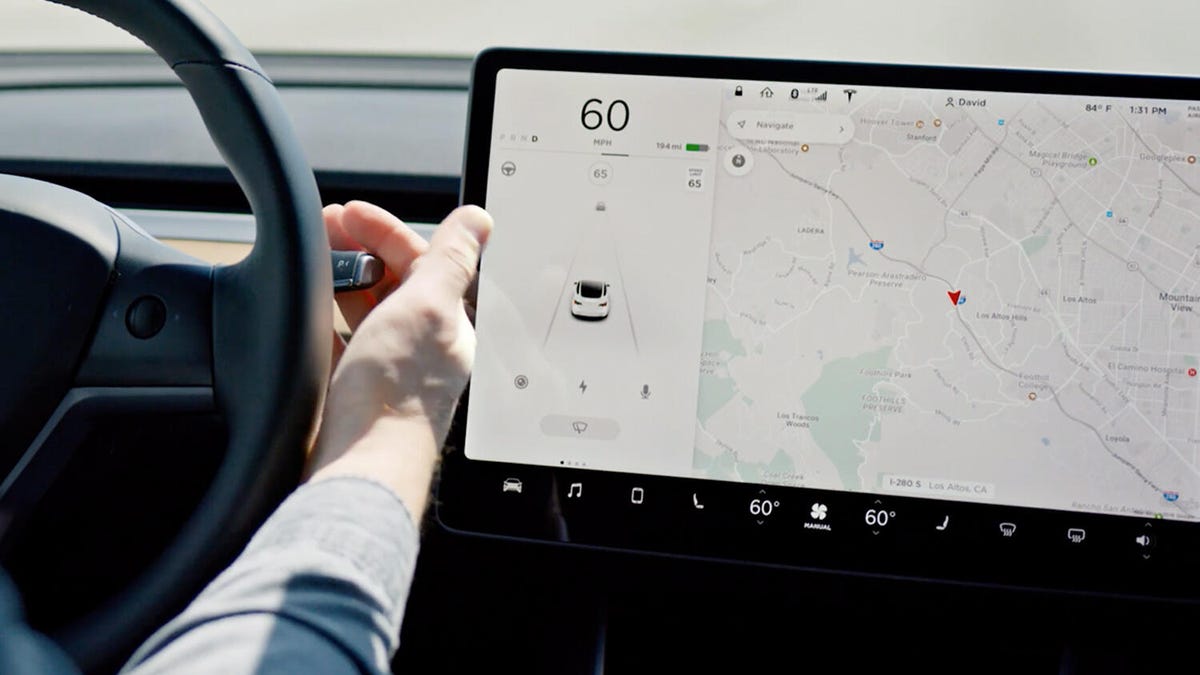Musk claims Tesla will have 'basic functionality' for Level 5 autonomy this year
That doesn't guarantee it would roll out this year, or any time soon, for that matter.
Tesla has long sold its vehicles with a "full self-driving" option. For a chunk of change, owners can grab this option now and have some degree of autonomy enabled once Tesla decides to make it happen. Despite being offered as an option for vehicles equipped with 2016-and-later hardware, however, that promise has yet to materialize. But it appears CEO Elon Musk is still confident it's just over the horizon.
"I'm extremely confident that Level 5 or essentially complete autonomy will happen, and I think will happen very quickly," Musk said in a video message at the World Artificial Intelligence Conference in Shanghai, Automotive News reports. "I remain confident that we will have the basic functionality for Level 5 autonomy complete this year."
Level 5 autonomy, by the SAE definition, is complete vehicle autonomy that requires zero human oversight or input from start to finish. While a number of tech giants have put billions of dollars into autonomy research and development, from Google to Uber, there is not yet a pure Level 5 solution for consumers, and some researchers believe it could be decades before this kind of vehicle capability takes hold in any appreciable way.
Musk has never been shy about Tesla's autonomy aspirations, musing that one day, buyers might be able to send their cars off to make money for them while at work, acting as a ride-hailing autonomous vehicle for other people. The discussion of autonomous Teslas took off in late 2016, when the CEO announced that every new Tesla from that point forward would contain the hardware required to enable autonomous driving.
Since that point, the "Full Self-Driving" option has appeared as a several-thousand-dollar option for Tesla owners. But even though the cars have received several functionality updates since then, the closest thing owners have is Autopilot, Tesla's suite of active and passive driver aids that allow the vehicle to hold itself on the roadway for varying stretches of time. Autopilot has been beefed up over the years with lane-change functionality and, most recently, traffic-signal recognition, but it remains much farther down the SAE's (admittedly imperfect) autonomy scale, alongside similar systems like GM's Super Cruise. Its price has also risen over the years, most recently settling at $8,000.
Autopilot has seen its fair share of criticism in its current form. Tesla landed in the spotlight when the NTSB began investigating crashes and deaths that involved the use of Autopilot. Most recently, reports lay the blame for two fatal crashes at the feet of the driver, Tesla and regulators, essentially saying all involved parties need to step it up.
This isn't the first time Elon has discussed autonomy and robotaxis growing closer. In April, Musk tweeted that the underlying functionality for "full self-driving" is on track for 2020, but he also mentioned that regulatory hurdles may present a deployment issue.
Tesla didn't immediately respond to a request for comment.
Read more: Self-driving cars: A level-by-level explainer of autonomous vehicles


